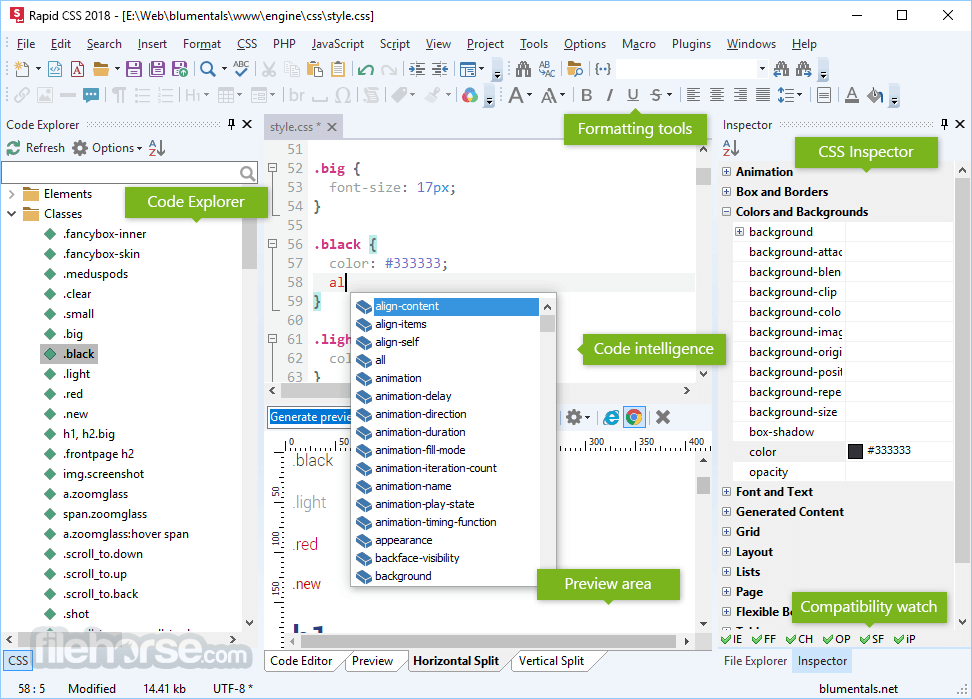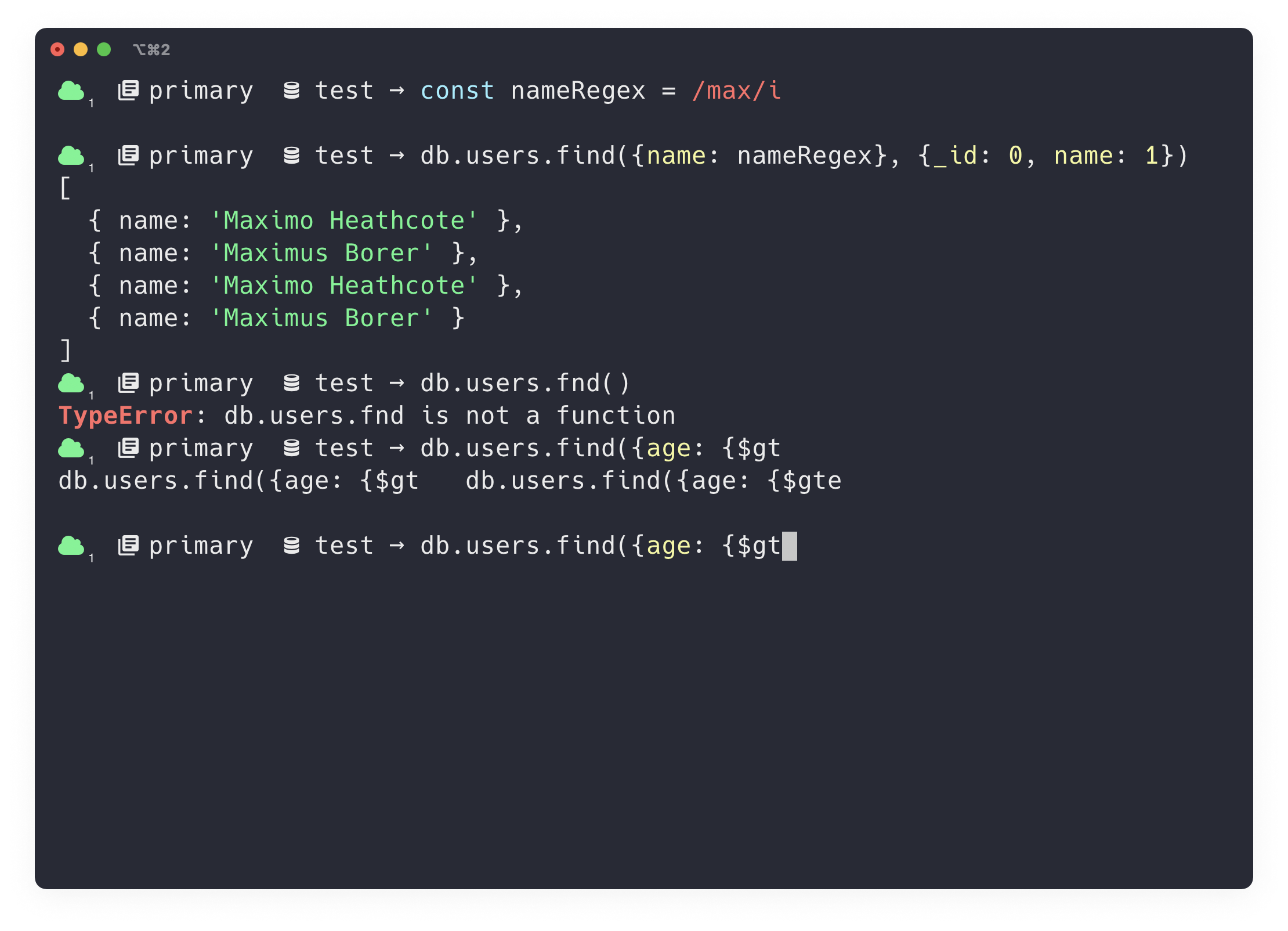

#DOWNLOAD MONGODB FREE#
-d runs the container in background, so that we are free to use the current terminal instance.docker run runs the image and starts the container.It looks complicated, right? Let me explain every part:

MongoDB stores documents in a JSON format for example, this is a valid document:ĭocker run -d -name mongo -on -docker -p 27888 :27017 -e MONGO_INITDB_ROOT_USERNAME=mongoadmin -e MONGO_INITDB_ROOT_PASSWORD=secret mongo Just like you have tables and relations in a relational database, for document databases the focus is on documents: those are dynamic structures, meaning that they don't have a strict schema, but can be extended as you wish. The -p flag maps the external and the internal ports, allowing us to access the container navigating to localhost:8089. If the container exposes the port 80, we can run docker run -p 8089:80 image-name. But that ports belong to the container! Since we need to access the container from our localhost, we need to map a local port to one of the ports exposed by the container. Once the container is up and running, it exposes one or more ports (for example, the container for an API may expose port 80). But we haven't finished yet! Docker containers ports So now we have our container accessible within the machine.

Most of the images are available on DockerHub: this is a library of official images of various types, from databases to frameworks, from operating systems to cache platforms. Do you remember snapshots from the VM world? Well, images are the same for containers: a set of instructions and file system layers that, when executed, allow your container to be alive.

Images are the blueprints that contain all the information to run a container.
#DOWNLOAD MONGODB HOW TO#
You can refer to the Getting Started page on the project's website to know how to download and install it.īut, first, let me introduce the key concepts to know about Docker: images and containers.
#DOWNLOAD MONGODB SOFTWARE#
You've probably heard of Docker: it is an open-source project that allows developers to run, create and distribute unit of software in a standardized way it works with containers, that, simplifying a lot, are isolated applications with their own file systems and that can be run anywhere: think of them as VMs, but with a different and lighter underlying structure.įirst of all, you must install Docker on your machine. First of all, I'll explain what is Docker and what it can do for us then we'll run MongoDB on a Docker container. In this article, I'm going to explain how you can try out the functionalities of MongoDB without installing it, but running it on a Docker container.


 0 kommentar(er)
0 kommentar(er)
